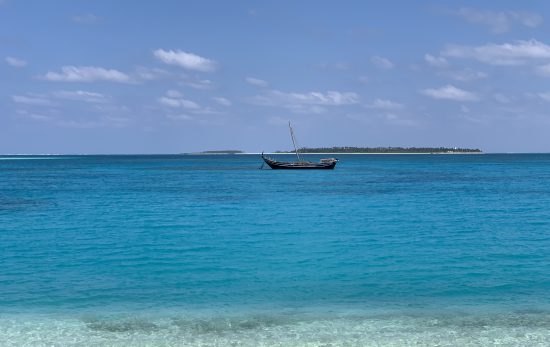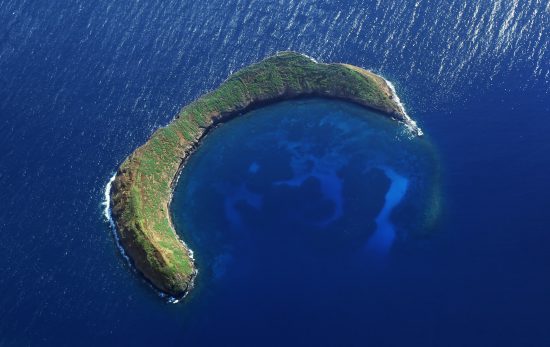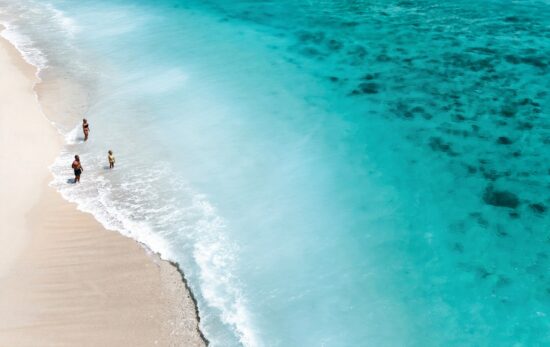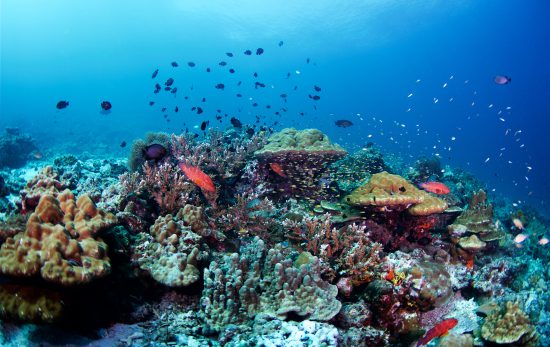Given the fact India possesses one of the longest coastlines in the world, its diving scene doesn’t get the attention it deserves. A lot of the best diving in India still remains isolated and unspoiled, or even undiscovered. But from the array of outstanding dive sites which are well known, divers get the chance to see some of the top marine life in India.
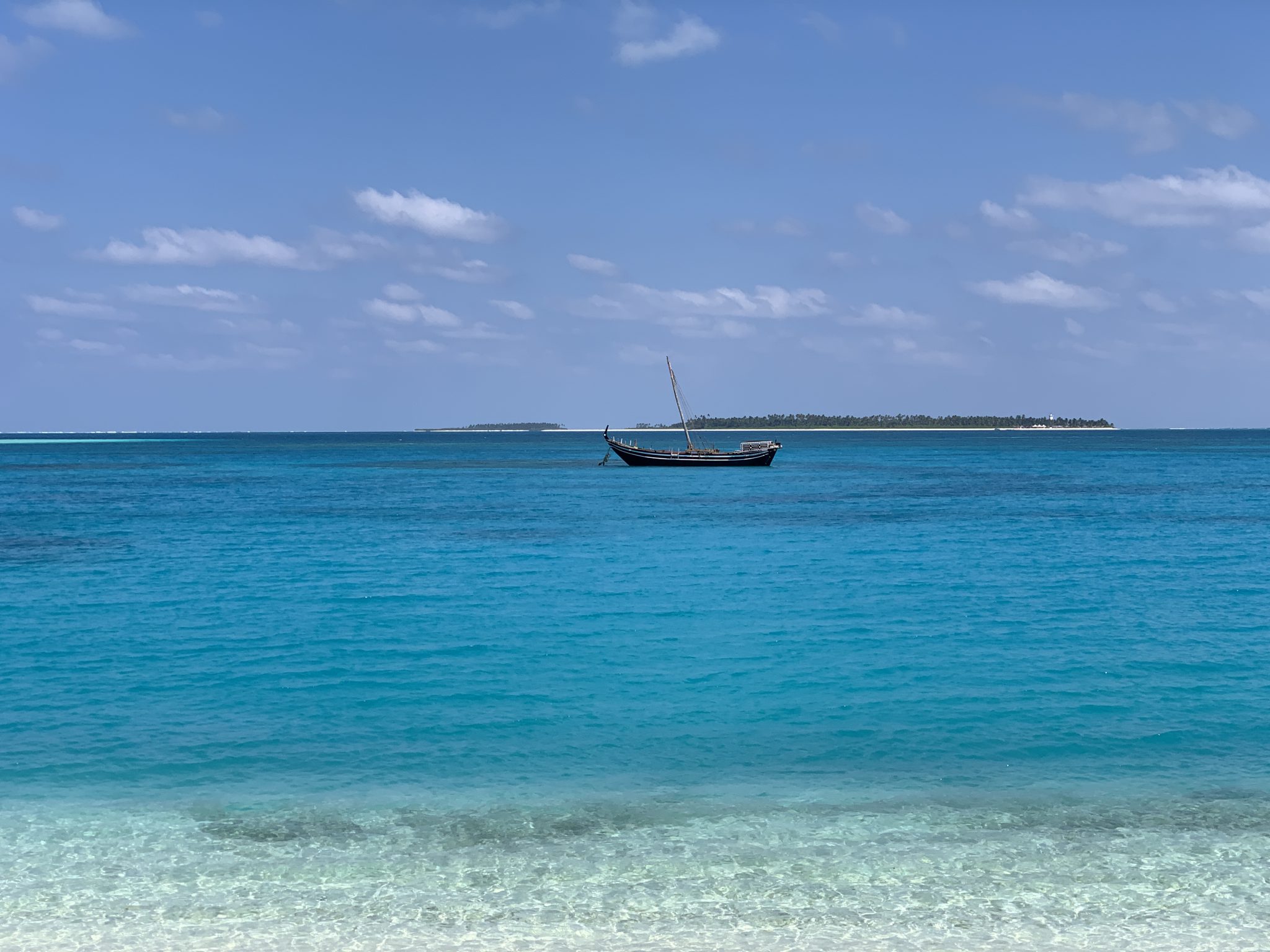
The Lakshadweep Islands and the Andaman Islands are two of India’s most popular and best diving regions. Goa is also making a name for itself as it offers great dive sites and conditions for beginners looking to learn how to dive. As a rough guide for when to visit, November to April is the best time to dive the Andaman Islands. Lakshadweep and India’s west coast (including Karnataka and Goa) are best from the end of October through to May. India’s east coast presents year-round diving opportunities.
India also has endless kilometers of coastline and offshore reefs. Many of these areas are either in the early stages of exploration or still waiting to be discovered – and given India’s geographical location and proximity to the Maldives, we can’t wait to see what more this incredible country has to offer.
Here are 14 marine life encounters which are possible when exploring the best scuba diving in India.
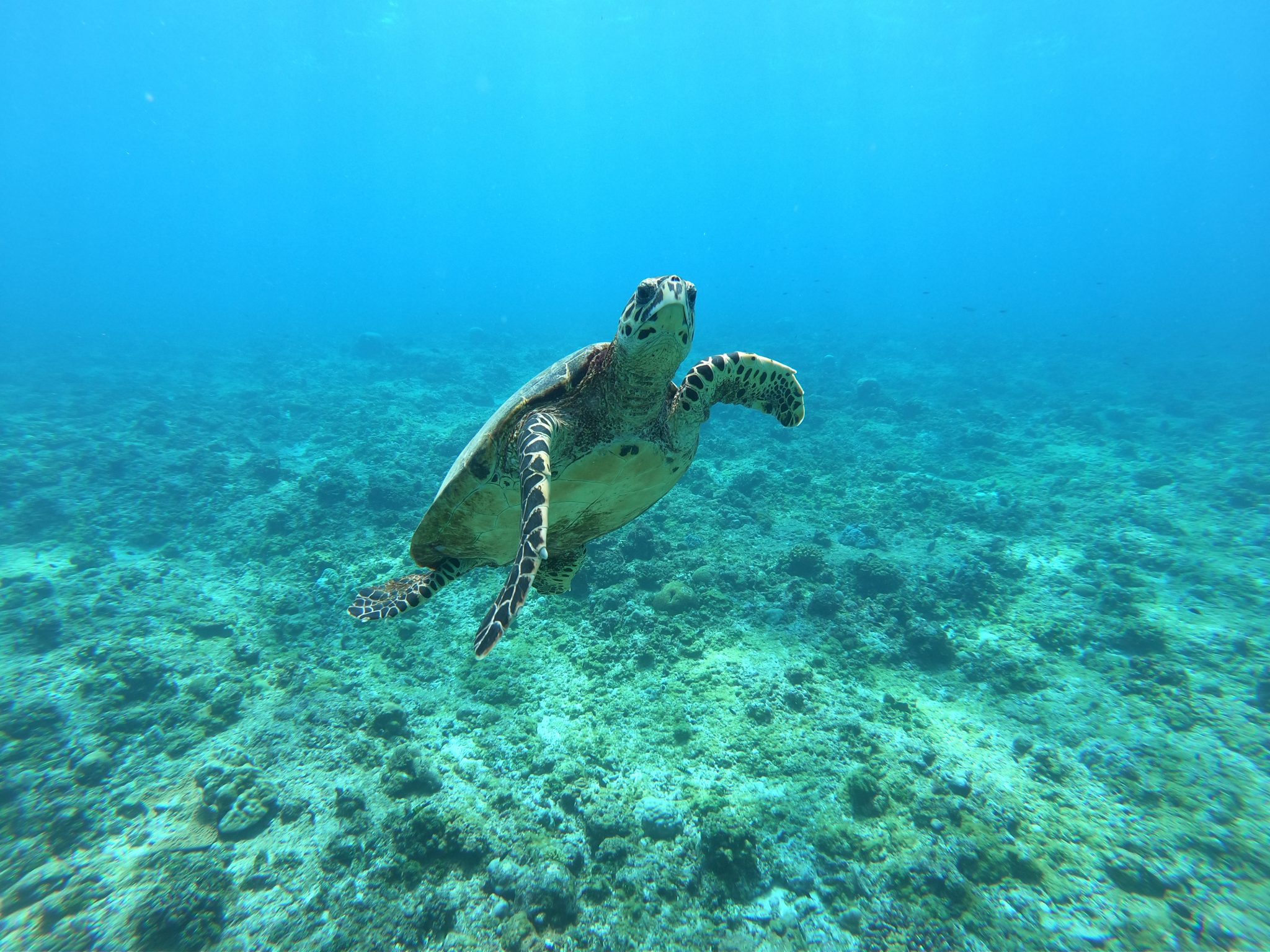
1. Sea Turtles
There is no shortage of turtles in India. The waters surrounding India are home to five of the seven species of sea turtle. One of the best dive sites for seeing sea turtles in the water is undoubtedly The Wall at Kadmat Island. At this popular dive site, it’s even possible to spot numerous individuals on a single dive.
2. White-Tip Reef Sharks
This small species of requiem shark is a frequent visitor to a lot of India’s best dive sites. While often just seen swimming by, these sometimes skittish animals also enjoy hanging out in several different underwater locations. Look out for them circling above, hiding in caves or resting near to corals, rocks or crevices.
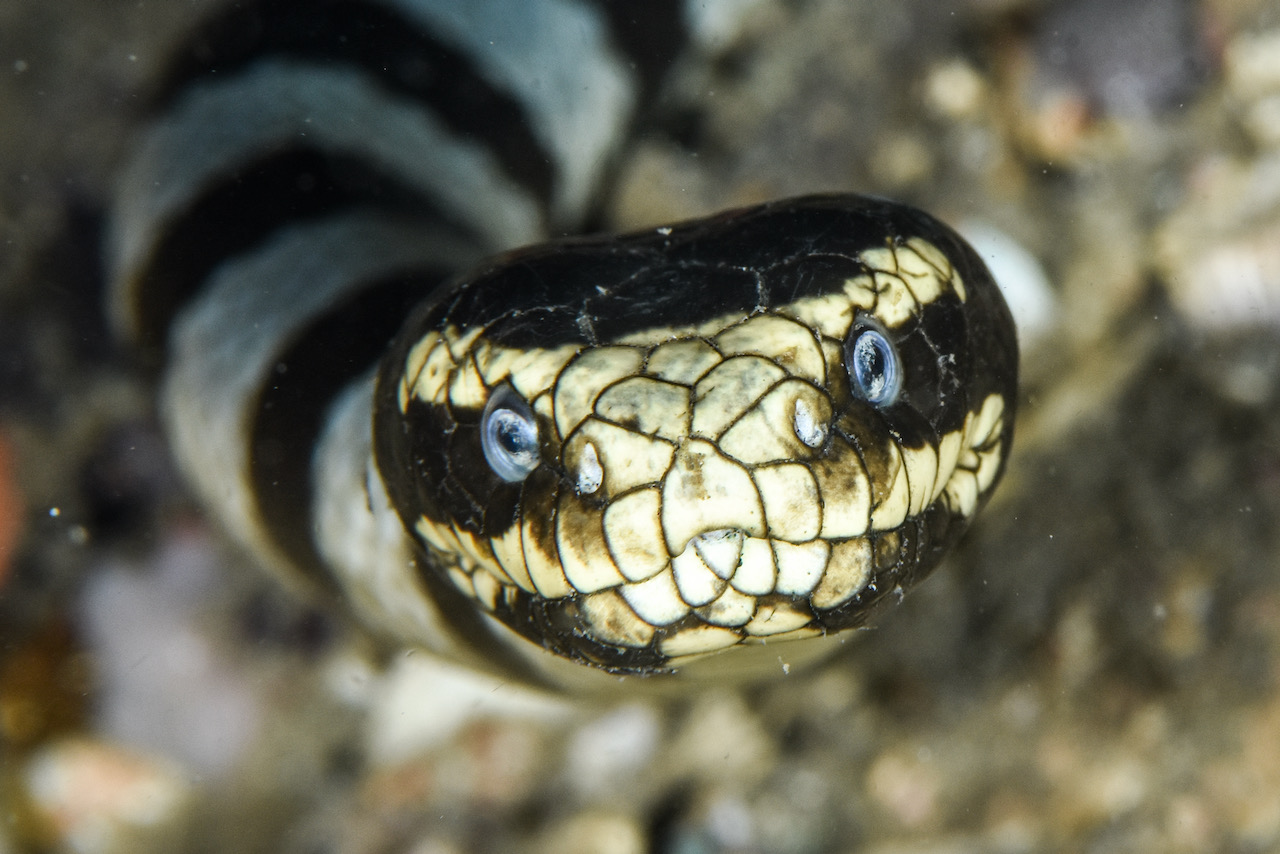
3. Sea Snakes
Highly venomous but extremely docile towards divers, banded sea kraits have also discovered India’s rich reefs on which to hunt and feed. Avarind’s Wall at Pondicherry, with its diverse range of corals and colorful gorgonian sea fans, could definitely be one of the top destinations to dive with sea snakes.
4. Barracuda
With their shiny skin and intimidating teeth, it’s always fun seeing barracuda during a dive. If you are diving at Suvarmundi in the South Andamans, look out for these hunting predators in the bug blue. Several different species of barracuda can be spotted here, with the best time usually when the currents are flowing.
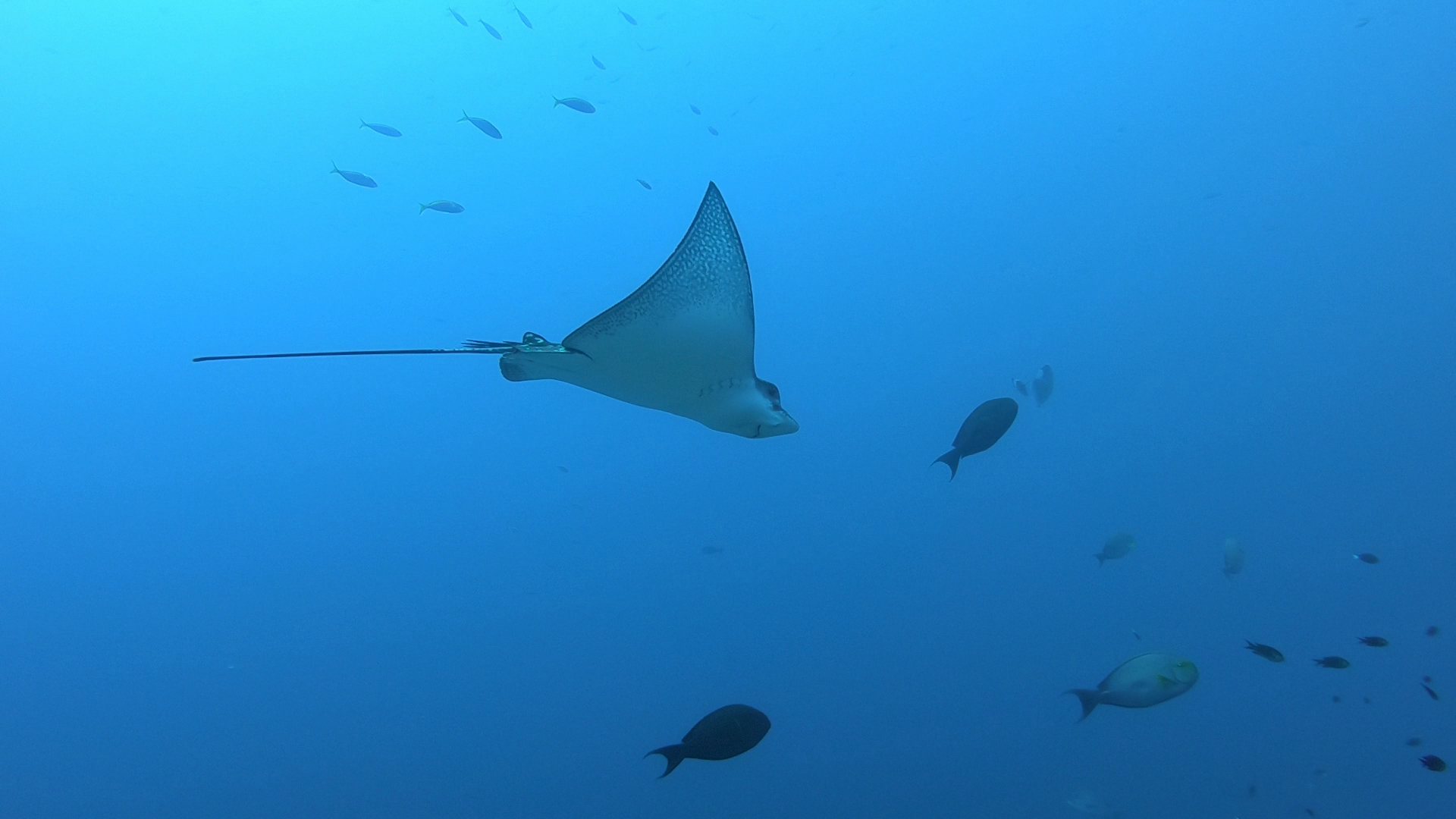
5. Eagle Rays
An eagle ray’s unique spot pattern, distinctive bird-like head and extended tail make it easy to identify when diving in India. A lot of the sightings of these eye-catching creatures occur in the blue water column, so remember to keep looking out from the reef. In addition, sightings can occur at all depths.
6. Fantail Rays
Looking out to the blue isn’t the only place where you’ll spot amazing marine life in India. Check out the sandy patches on the reef for tell-tale tails underneath rocks and ledges. Fantail rays are frequent visitors in the Lakshadweep, Goa and the Andaman islands.
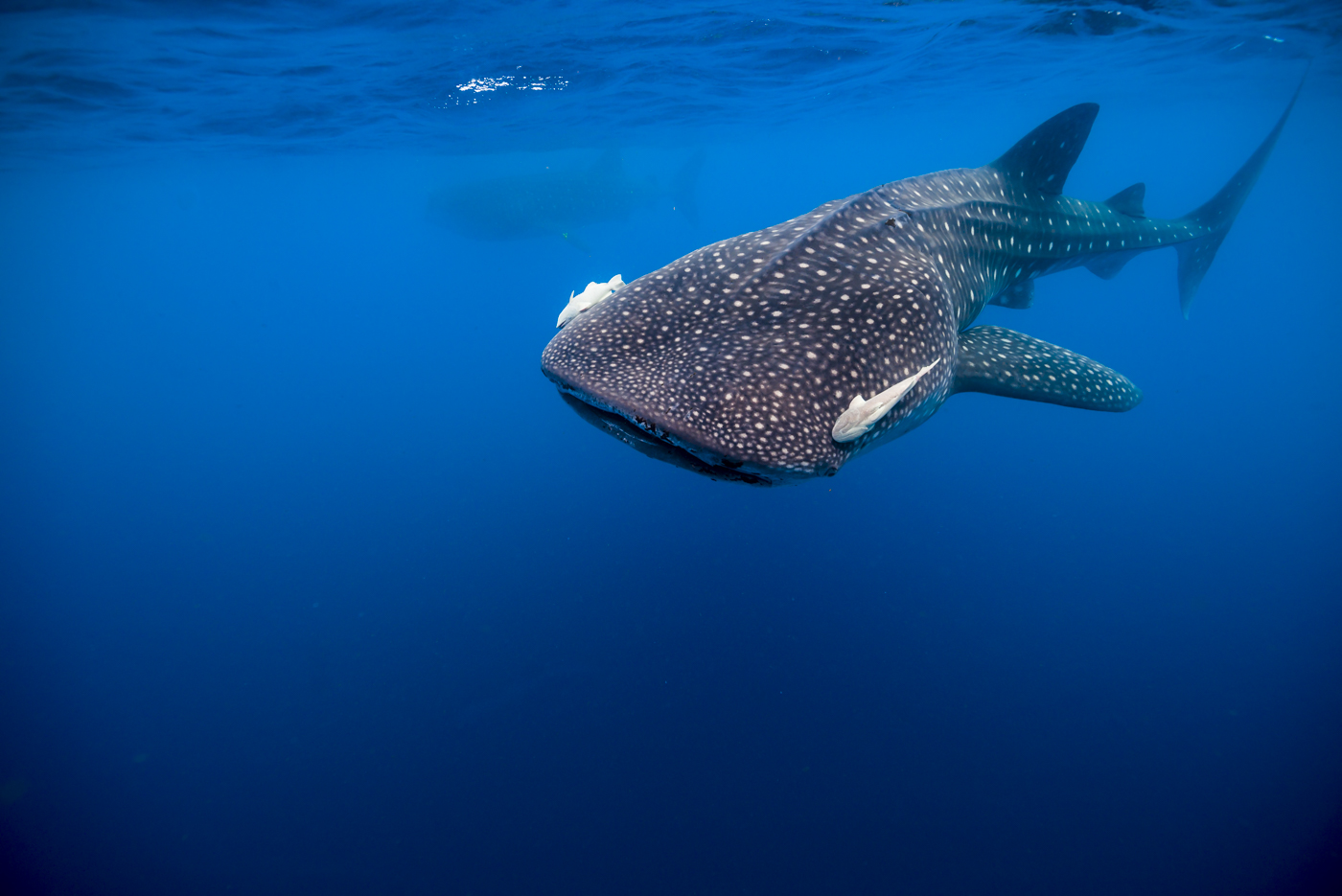
7. Whale Sharks
Whale sharks are protected by the Indian government and parts of India’s coastline are on the migratory route of these mighty plankton feeders. Manta Point in Lakshadweep, the Andamans and Pondicherry offer your best chance of seeing on in India. However, sightings are not guaranteed, and whale sharks are often passing by in the blue as they migrate from one region to the next. Whale shark sightings are rare, but not impossible. And they are an unbeatable highlight for your logbook!
8. Napoleon Wrasse
Are you planning to dive around Havelock Island? Look out for one of the largest local residents – huge napoleon wrasse. These sizable fish often cruise over the reef. They can reach an immense size and are always a highlight of any dive. If you are diving Havelock, try Dixon’s Pinnacle for your best chance of a scoring an encounter.
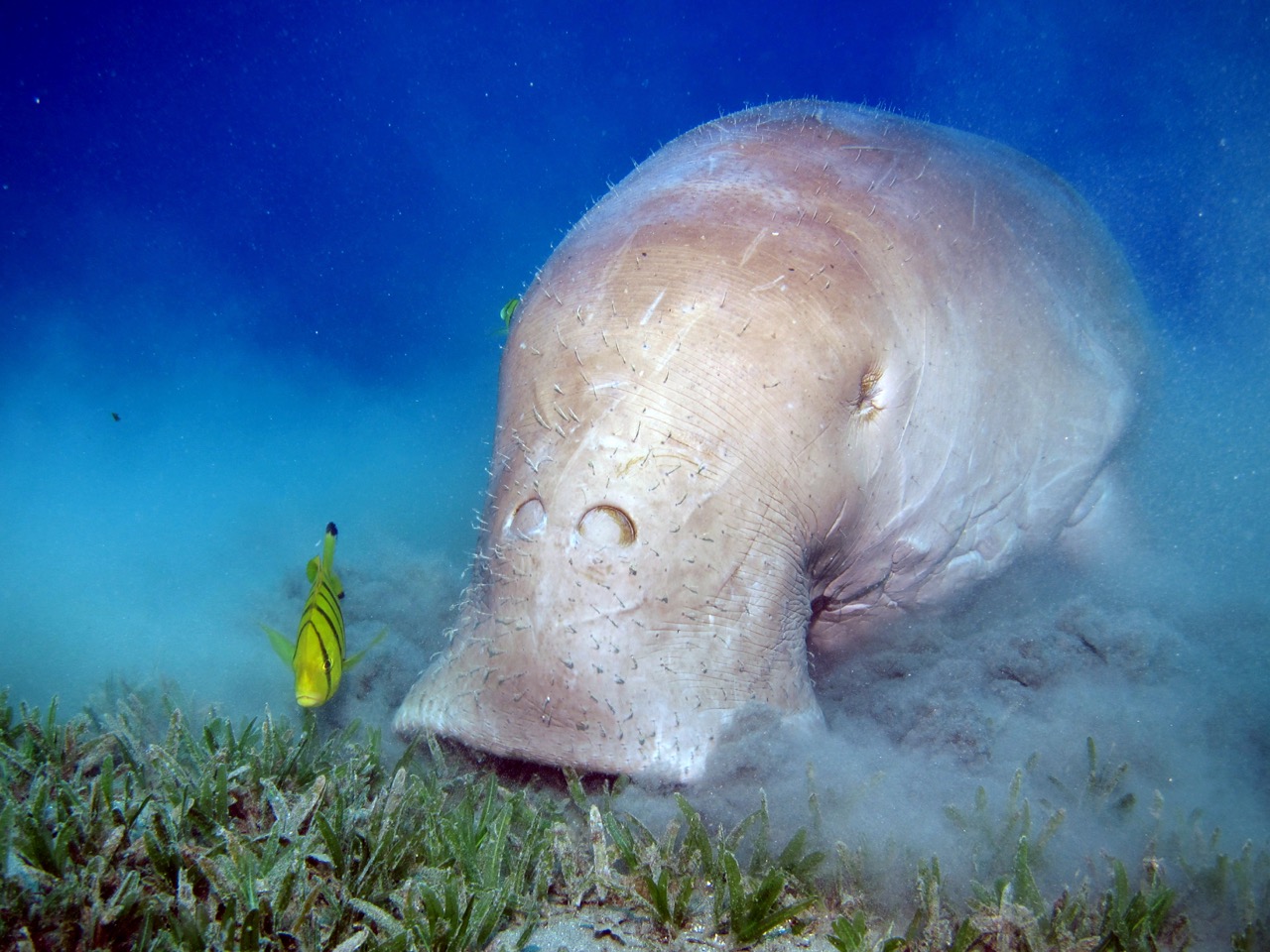
9. Dugongs
Dugongs can be spotted at both Havelock Island’s Dugong Reef and Neil Island. While dugongs are not guaranteed here, the best times for sightings is around sunrise and sunset in the shallower water.
10. Manta Rays
Lakshadweep is fortunate enough to be graced by the presence of these majestic giant rays from time to time as they come to the reef to be cleaned by the smaller reef inhabitants. If you are diving in Goa, then a trip to Pigeon Island off the coast of Karnataka can potentially yield a manta ray sighting. From the Andamans, Barren Island offers your best chances for mantas. It’s also worth keeping your eyes open for passing eagle rays.
Manta ray sightings are definitely not guaranteed – but this is India and you never know what might be around the next corner!

11. Stonefish
Yes, India is home to the world’s most venomous fish. These potentially life-threatening marine creatures can be found throughout almost all of India’s coastal regions. This includes the Andaman and Nicobar Islands, which are some of the best places to see stonefish. If you’re hoping to spot one of these spine-covered marine creatures during a visit to India, Havelock Island’s The Wall dive site is a great place to start. This fish-filled place is also home to scorpionfish, lobster, anemonefish and lionfish.
12. Mantis Shrimp
If you are hoping to see cryptic critters on your next dive trip to India, the charismatic peacock mantis shrimp can be found across many of India’s dive sites. Look out for them on shallow reefs and coral rubble patches – a real highlight is to see these mouth-egg carriers with a brood of eggs. Temple Reef in Pondicherry is a great place for mantis shrimp (and other critter) sightings.

13. Dolphins
Dolphins are surprisingly widespread throughout India, both in its river and coastal waters. Perhaps the most famous of India’s dolphin species is the endangered river dolphins which call the Ganges home. In marine waters, it’s possible to see several different species, including bottlenose and spinner dolphins. Goa, the Andaman Islands, Kerala and Lakshadweep are some of the best places to spot dolphins in India.
14. Cuttlefish
When it comes to marine life capable of performing eye-catching underwater shows, few animals are on the same level as the cuttlefish. These cephalopods are known to change color, squirt ink and even solve problems. If cuttlefish are on your diving bucket list, add Kovalam in Kerala to your Indian diving itinerary, as it’s home to numerous species.
Ready to dive in and discover the best marine life in India? Locate a PADI dive shop or get in touch with the experts at PADI Travel to start planning your next your underwater adventure.

